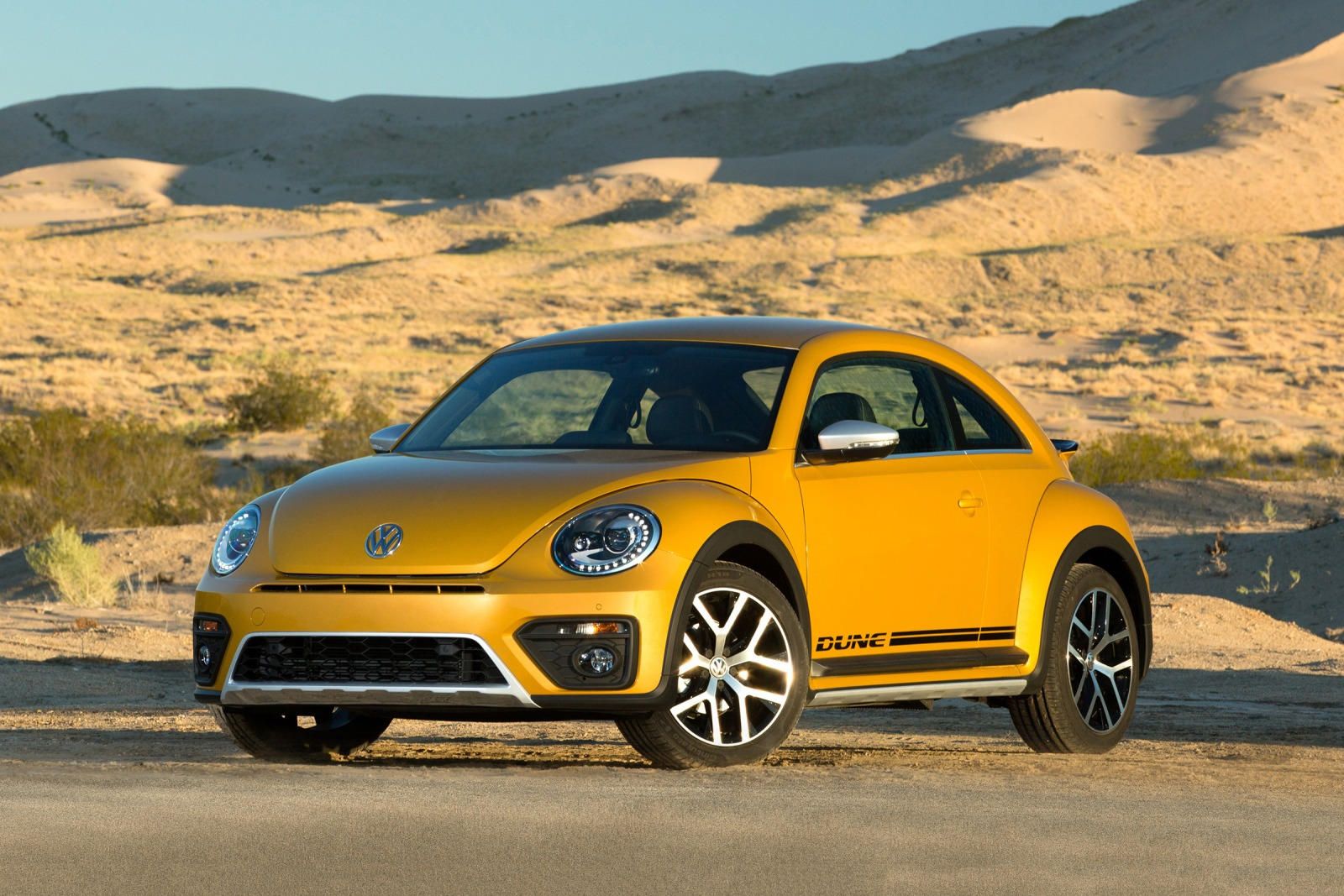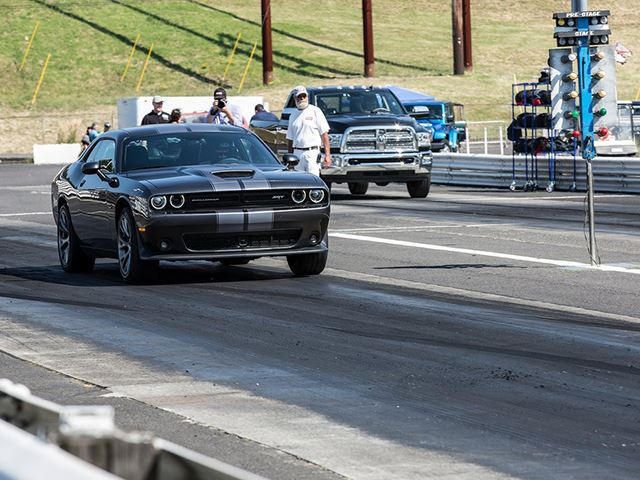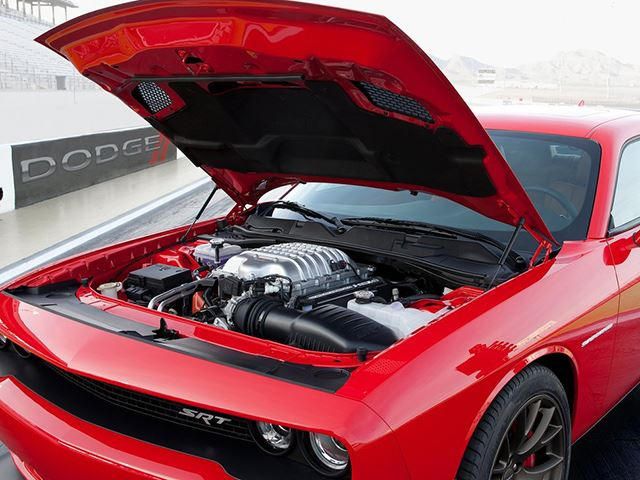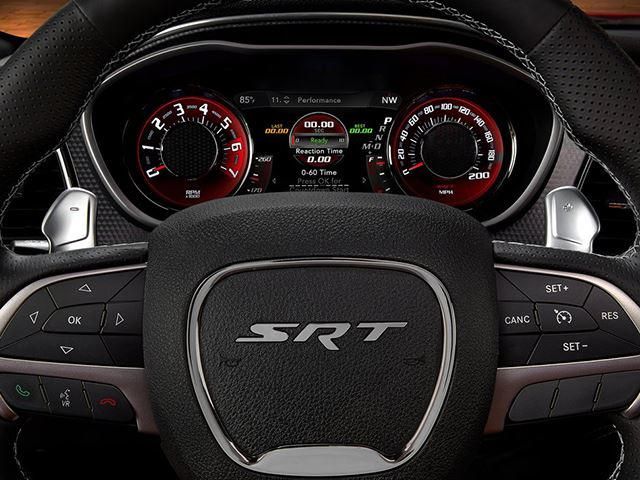
When it comes to muscle cars, names count. The names given to these cars need to invoke power and ferocity. You can't just give a muscle car a random string of numbers for a name and call it a day. No, there needs to be an emotional connection off the bat. If there's not, well then you need to manufacture one a la Chevrolet. Without question the star of the modern muscle car world is the Dodge Challenger Hellcat. And as you'd expect there's a story behind the name of beastly supercharged V8 that powers it.
MLive wrote a great piece on the history of the Hellcat project a few years back. It's pretty dense and well worth a read, but we're just going to focus on the parts that concern the naming of the engine. Back in 2011 Chris Cowland, director of SRT powertrain engineering, and a few others at Chrysler hatched a plan to help put Dodge and SRT over the top in the muscle car wars. The idea was to build a supercharged V8 engine that would make 600 horsepower-later increased to 700 horsepower as the team wanted a bigger challenge-and sit in the newly redesigned 2015 Challenger. After some internal debate Cowland and his team were given the green light. It was at this point that the project became real, and as such it needed a name.
Bob Lee, FCA's head of global powertrain coordination, has an odd rule regarding the naming of products in his division. They all need to carry the name of either a US fighter plane or attack helicopter. (The 6.4-liter HEMI V8 was given the code name "Apache.") The two finalists for the project's name were Hellcat and Alley Cat. Needless to say, we're glad Hellcat won. But just what is a Hellcat? In this context it's a US Navy carrier-based fighter plane from World War II, but the name is also shared with another weapon from the same war, the M18 tank destroyer. The flying Hellcat, not to be confused with the Flying Hellfish, was officially called the Grumman F6F Hellcat.
It was designed specifically to defeat the Japanese Zero (manufactured by Mitsubishi) and was powered by the Pratt & Whitney 2800 Double Wasp engine good for 2,000 horsepower. The Zero was lighter and nimbler but the Hellcat was faster and better armored. The plane first saw action in the Pacific on August 31st, 1943 in an attack on Marcus Island. From that point on the Hellcat quickly established itself as one of the most feared planes in the Pacific. It's not a stretch to say that the Challenger Hellcat is one of the most feared modern muscle cars with its HEMI V8 making 707 horsepower and 650 lb-ft of torque. In the end the Hellcat project was destined to succeed, but we think the name helped just a bit.



